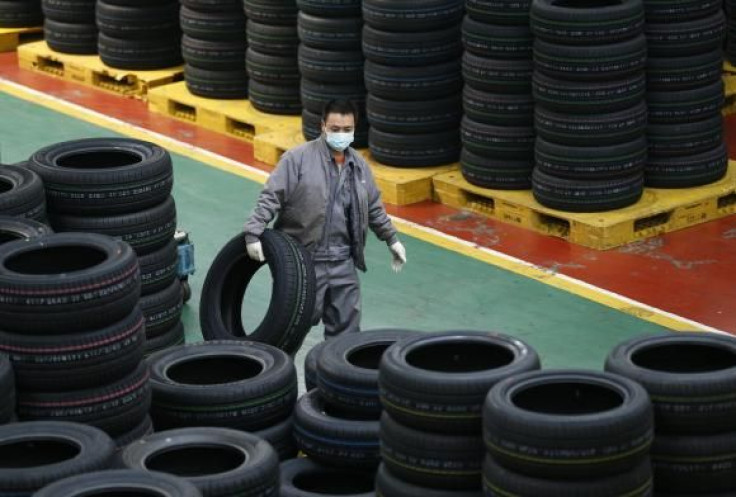Chinese Manufacturing Weakness Frustrates Economists

A key gauge of Chinese manufacturing activity slipped further in February, sparking cautious tones from economists worried about an economic slowdown in the world’s second-largest economy.
HSBC Holdings PLC’s (LON:HSBA) flash manufacturing purchasing managers’ index (PMI) fell to a seven-month low in February, slipping to 48.3 from 49.5 in January, data from Thursday shows.
A reading above 50 shows expansion in manufacturing activity from the previous month, while readings below 50 indicate contraction.
“New orders and production contracted, reflecting the renewed destocking activities,” said HSBC’s chief economist Hongbin Qu in a statement. “The underlying momentum for manufacturing growth could be weakening.”
The indicator extends worrying results from January, when the index also showed a net contraction in manufacturing. The data is widely watched as a leading indicator of the state of China’s economy, which is still driven heavily by manufacturing despite an ongoing attempted push for China to become a consumer- and services-driven economy.
“Conditions in the manufacturing sector continue to deteriorate,” wrote Capital Economics’ China economist Julian Evans-Pritchard in a note on Thursday. “This was much weaker than most expected,” he continued, pointing out that the reading fell far below even the lowest economist estimates.
The timing of the Chinese New Year, which began on Jan. 31 this year, may have distorted results, however, said several economists.
The indicator is still “close to where it spent much of 2013, a year in which real GDP growth averaged 7.7 percent,” said PNC Financial Services Group Inc (NYSE:PNC) economist Bill Adams after the flash release. “After an above-trend fourth quarter of 2013, real GDP growth is likely slowing in early 2014, in line with a year of real GDP growth of about 7.5 percent.”
Investors worldwide have been concerned about a slowdown in Chinese economic growth, from the double-digit clips common in the last decade to figures closer to 7 or 8 percent.
China has consumed vast amounts of natural resources in the past decade, from grains to metals and energy products, as it built up infrastructure and a burgeoning middle class.
HSBC’s PMI showed all factors underlying the survey, from manufacturing employment to inventory and output, fell in February.
© Copyright IBTimes 2024. All rights reserved.












